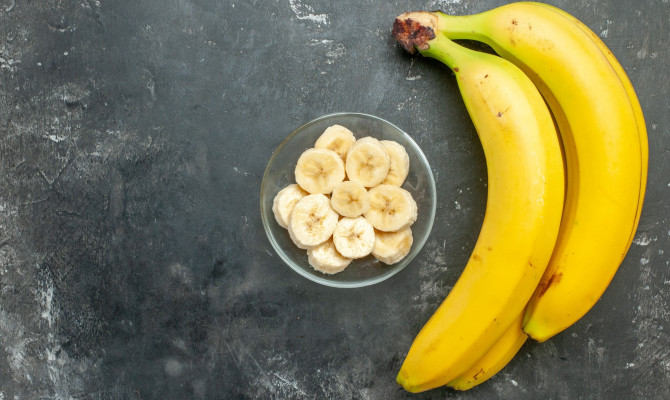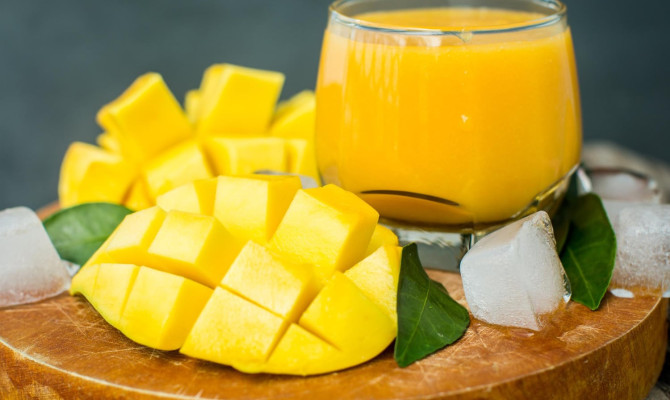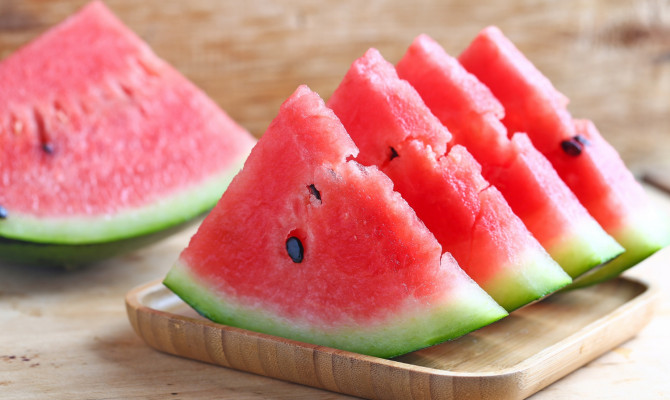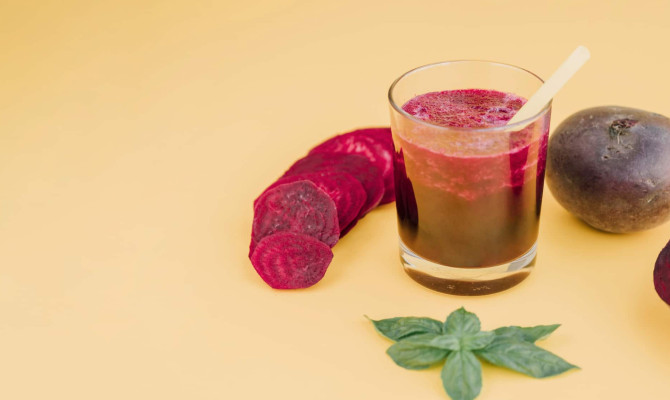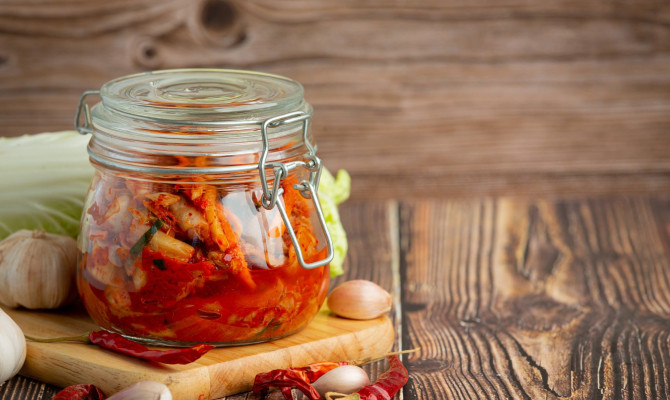Is Mayo Dairy? Nutrition & Safety

- Mayo
- 18 Sep 2023
Overview
What is Mayo?
Mayo (mayonnaise) is a favorite seasoning for most people worldwide. It is popular in sandwiches, salads, and pasta due to its white color, thick, creamy texture, and sharp taste. Although well-accepted condiments, many people need to learn what Mayo contains. Many confuse it as a dairy product due to its aroma, texture, and look. The article will clear the confusion and describe everything you need to know about Mayo, including its nutrition, benefits, types, risks, and some alternatives to Mayo.

Ingredients
What is Mayonnaise made of?
- Mayo is a fat-rich sauce made from egg yolk, oil, spices, and acidic juices viz, lemon juice or vinegar.
- The egg yolk acts as the binding agent between oil and liquid and helps give it a creamy, thick texture.
- Mayonnaise is not a dairy product as it contains no mammal’s milk, like goat, sheep, or cow. However, some mayonnaise does contain milk instead of egg, so one has to be careful if someone has lactose intolerance.
- Mayonnaise is not a vegan product since it contains eggs. However, in some vegan mayonnaise brands, people use aquafaba, the liquid from soaked chickpeas 1 Ingredients | Researched based study from National Library of Medicine .
Dairy-Free
Is all Mayo dairy-Free?
- Most of them are dairy-free, i.e., they contain no milk. Some of the foods containing milk are butter, cheese, and yogurt.
- Most brands make Mayo using only egg yolk, spices, and lemon juice. So, Mayo is a good choice for people on a dairy-free diet 3 Dairy-free| Researched based study from National Library of Medicine.
- However, some mayo contains dairy.
Some examples of dairy mayo are as follows-
- Eggless mayo uses condensed milk as the binding agent instead of egg, providing the condiment a slightly thicker texture and sweeter taste than the usual mayonnaise.
- Portuguese Mayo is a dairy mayo that uses spices, oil, whole milk, and lemon juice.
- Moreover, some mayonnaise dressings, viz, creamy Italian, might also contain milk products such as cheese and buttermilk 4 Dairy-free| Researched based study from Science Direct.
Most mayo brands might contain some of the following ingredients-
- Egg yolk
- Soybean oil
- Vinegar
- Sugar
- Salt
- Herbs
- Spices
- Food preservative viz; calcium disodium EDTA 3 Dairy-free| Researched based study from National Library of Medicine.
So, one must always check the ingredients in the product label before buying Mayo to avoid potential adversities or allergies.
Tips to ensure Mayo is dairy-free
- Some people refrain from taking milk products due to allergies, health issues, or religious reasons. The best way to confirm if the Mayo you use is dairy-free is to check the product label.
- The Food and Drug Administration directs the manufacturer to mark common allergens such as milk on the product label on account of safety for the customers.
- While checking the product, always look for ingredients that indicate dairy, such as casein, cheese, butter, whey, or milk hydrolysates. Always refrain from buying mayo products containing dairy if you have lactose intolerance or are on a dairy-free diet.
Nutrition
Nutrition of Mayonnaise
Mayo contains 10 grams of fat and 70 milligrams of sodium per 14-gram mayo (one tablespoon). 14 grams of commercial Mayo consist of the following nutrients-
- Calories- 94 kcal
- Cholesterol- 6 grams (gm)
- Fat- 10 gm
- Saturated fat- 1.6 gm
- Magnesium- 0.138 mg(milligram) 2 Nutrition | Researched based study from U.S. DEPARTMENT OF AGRICULTURE .
According to the American Heart Association, the maximum amount of saturated fat per day is 13 grams. Taking more than the daily limit might raise the body’s low-density lipoprotein (bad cholesterol) and increase the chance of heart disease and strokes.
One can get commercial Mayo in its fat-free or low-fat versions. These Mayo uses food starch to get the correct consistency (texture)
Types
Types of Mayo
There are several types of Mayo available in grocery stores and supermarkets.Some examples of Mayo varieties are listed below-
Light fat Mayo
- It contains very few calories compared to the regular Mayo.
- However, it might contain carbohydrates and sugar to maintain the same texture and calories.
Reduced fat Mayo
- Most people believe that reduced-fat Mayo is a healthier version of Mayo for the reason that it contains less fat.
- But one must never forget that reduced Mayo might have additional sugar and starch to get standard Mayo’s identical aroma and flavor.
Vegan-friendly Mayo
- It does not use egg as a binding agent; it contains canola or soybean oil. It lacks the usual texture and consistency of fat in Mayo.
Alternative oil-based Mayo
- It is regarded as the best alternative to Mayo as it is made up of healthy oil viz; avocado oil, olive oil, and coconut oil.
- But always ensure to check the constituent list on the product label before buying, as this type might sometimes contain vegetable oil to enhance the flavor 5 Types| Researched based study from National Library of Medicine.
Benefits
Benefits of Mayo
Is mayo healthy?
Mayo containing soybean oil has the following health benefits if consumed in moderate amounts, preferably less than a tablespoon a day-
- Strengthens hair and skin
- Enhances heart health
Strengthens hair and skin
- Nutrients in Mayo viz: egg yolk, fatty acid, and soybean oil might positively impact our hair and skin.
- Vitamin E and linoleic acid in soybean oil might have a hydrating effect on the skin.
- It also benefits hair health. One can apply Mayo on the hair to get a smoother texture and nourished hair.
- Topical use of Mayo comforts the skin by relieving the pain and swelling from sunburn 6 Benefits| Researched based study from National Library of Medicine.
- However, further experimentation studies are warranted to confirm the effect of Mayo on hair and skin.
Enhances heart health
- Soybean oil containing Mayo has polyunsaturated fat
- A review study has indicated that eating polyunsaturated fat instead of saturated fat might decrease the probability of heart disease 7 Benefits| Researched based study from National Library of Medicine.
- However, more studies are needed to prove the fact.
Safety & Risks
Safety & Risks of Mayo
- One should always keep mayo in the refrigerator. If one leaves Mayo outside at room temperature, it might promote the growth of harmful bacteria such as Salmonella when made with raw eggs.
- However, most market-bought Mayos are with pasteurized eggs and other substances such as lemon and vinegar, which might decrease bacterial growth.
- However, one should avoid keeping mayo food dishes at room temperature for more than 120 minutes to prevent potential food contamination 8 Safety and Risks| Researched based study from Science Direct.
Can pregnant lady eat mayonnaise?
- The vast majority of mayonnaise available in health stores or supermarkets is safe to consume during pregnancy.
- It is because commercially available egg products, including mayonnaise, must be prepared from pasteurized eggs- a clause made compulsory by the United States Department of Agriculture.
- Pasteurization is the procedure of heating foods to such high temperatures that kill detrimental bacteria, so pasteurized Mayo are pretty safe to eat during pregnancy 9 Safety and Risks| Researched based study from Science Direct.
Type of Mayos to avoid during pregnancy
- People often offer Mayos at any family gathering, and nobody notices the list of ingredients in the packaging.
- In that case, pregnant ladies must avoid eating the Mayo and remain safe. However, it is always a good idea for pregnant women to enquire about the type of egg used in homemade Mayo.
- Always avoid eating Mayo made from unpasteurized eggs from the local farm as there is every possibility of the egg getting harmful bacteria in the eggshells or the Mayo 9 Pregnancy| Researched based study from Science Direct.
Is eggless mayonnaise safe?
- Eggless Mayo is relatively safe to eat, but one might rapidly increase one’s weight as it is pretty high in fat, so people must always eat it in moderation to avoid unnecessary weight gain 10Safety and Risks| Researched based study from National Library of Medicine.
Tips
Tips to prepare Mayo
Making homemade mayo is the best way to control the ingredients you add to the Mayo viz, salt, and another constituent that you think might be unhealthy.
- To prepare one cup of mayo, take one egg and beat it with half a tablespoon of water.
- Add neutral oil (1 cup of canola oil) part by part and combine thoroughly to get a thick mix.
- Then add the juice of half a lemon and sprinkle some salt for taste
- One can also use olive (unrefined) or vegetable oil instead of canola.
- Unrefined oil in the Mayo might give an unstable binding and separate after a few hours.
- People can keep homemade Mayo in the refrigerator only for some days.
Alternatives

Alternatives for Mayonnaise
Some of the low-calorie, vegan-friendly mayo alternatives are listed below-
Pesto
- It is a sauce made from cheese, olive oil, pine nuts, garlic, and basil.
- It contains several vitamins, such as vitamin K, E, manganese, and monounsaturated fat.
- One can use pesto in pasta salad, sandwiches, or as a topping over sautéed veggies.
Sour cream
- Sour cream is a good option for any recipe that requires Mayo.
- It contains many vitamins and minerals, such as riboflavin, vitamin A, B12, phosphorus, and calcium.
- One can use sour cream in salads, dips, sandwiches, or other recipes to boost the taste.
Greek Yogurt
- Greek yogurt is an excellent alternative to several mayo recipes. It contains good protein and several vitamins and minerals, such as vitamin A, calcium, zinc, and phosphorus.
- People can use Greek yogurt for their favorite poultry salad, egg salad, or tuna salad to enhance the nutritional level.
Hummus
- Hummus is a versatile component that goes well with a range of dishes. It has good protein, fiber, and other nutrients such as folate, iron, selenium, and zinc.
- People can enjoy hummus in tuna salad, pasta, sandwiches, and wraps
Eggs
- One can use eggs instead of Mayo in several recipes. Eggs are very nutritious and contain folate, vitamin A, riboflavin, vitamin B12, selenium, and protein.
Avocado
- Avocado is a striking substitute for Mayo in sandwiches and salads.
- Avocado contains several nutrients, such as vitamin E, C, folate, fiber, and copper.
- One can add mashed avocado to chicken salad and tuna to enhance the nutrition.
Olive oil
- Olive is an excellent alternative to many mayo dishes as it is rich in heart-healthy fats. Olive oil also contains vitamin E and vitamin K, necessary for maintaining our skin health and the body’s healing processes.
- One can add nutritious olive oil to dips, pasta salads, and salad dressings.
Tahini
- Tahini is a sauce prepared from sesame seeds. It consists of thiamine, copper, selenium, phosphorus, and iron.
- One can use nutritious Tahini with different salad dressings to boost the taste.
Mustard
- Mustard is an excellent alternative to Mayo in different sandwiches and wraps. Mustard consists of carbohydrates, protein, and fat. For a sweet, tangy aroma, one can use honey mustard on sandwiches and salads 11 Alternatives| Researched based study from Science Direct.
Takeaway
Takeaway points for Mayo
- Mayo is the most frequent seasoning used in various dishes worldwide.
- Most commercial Mayo are not dairy products and contain spices, lemon juice, egg yolks, and vinegar
- However, some mayo varieties viz; eggless Mayo, milk mayo, and Mayo-based salad dressings might have milk products
- One must always see the product label before buying Mayo to avoid adverse effects in allergic people.
Any feedback on this article?
 This Articles content was accurate
This Articles content was accurate Very Informative Article
Very Informative Article I have a question or a comment
I have a question or a comment
 This article contains inaccurate content
This article contains inaccurate content This article was not helpful
This article was not helpful I have a question or a comment
I have a question or a comment
We appreciate your helpful feedback!
Checkout our social pages
References
-
National Library of Medicine
Ingredients
-
U.S. DEPARTMENT OF AGRICULTURE
Nutrition
-
National Library of Medicine
Dairy free
-
Science Direct
Dairy free
-
National Library of Medicine
Types
-
National Library of Medicine
Benefits | Hair
-
National Library of Medicine
Benefits | Hair
-
Science Direct
Safety and Risks
-
Science Direct
Safety and Risks | Pregnancy
-
National Library of Medicine
Safety and Risks | Eggless mayo
-
Science Direct
Alternatives












